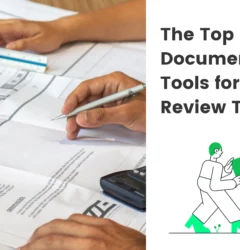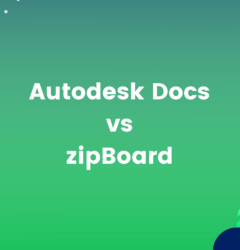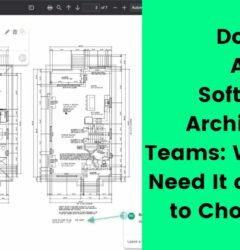What to Include in Your Project Charter
14 Jun

Table of Contents
ToggleWhat is a Project Charter?
A project charter is the key document in the initiation stage of the project management process. This document provides an outline of:
- What is going to be done during the project – scope
- When this is going to happen – schedule
- How much it will cost – budget
- Roles and responsibilities of those involved
- Authority given to the project manager
The Purpose of the Project Charter
This document is used to get approval from the project sponsor, the individual or organization initiating the project. The project charter acts as a written agreement between the project sponsor and the project manager.
This document is especially important for the project manager as it establishes the client/sponsor’s expectations and sets the standard the project manager will be measured against.
What to Include in the Project Charter
- Introduction
- Scope
- Budget estimate
- Milestone schedule
- Risk assessment
- Roles and responsibilities
- Sign off
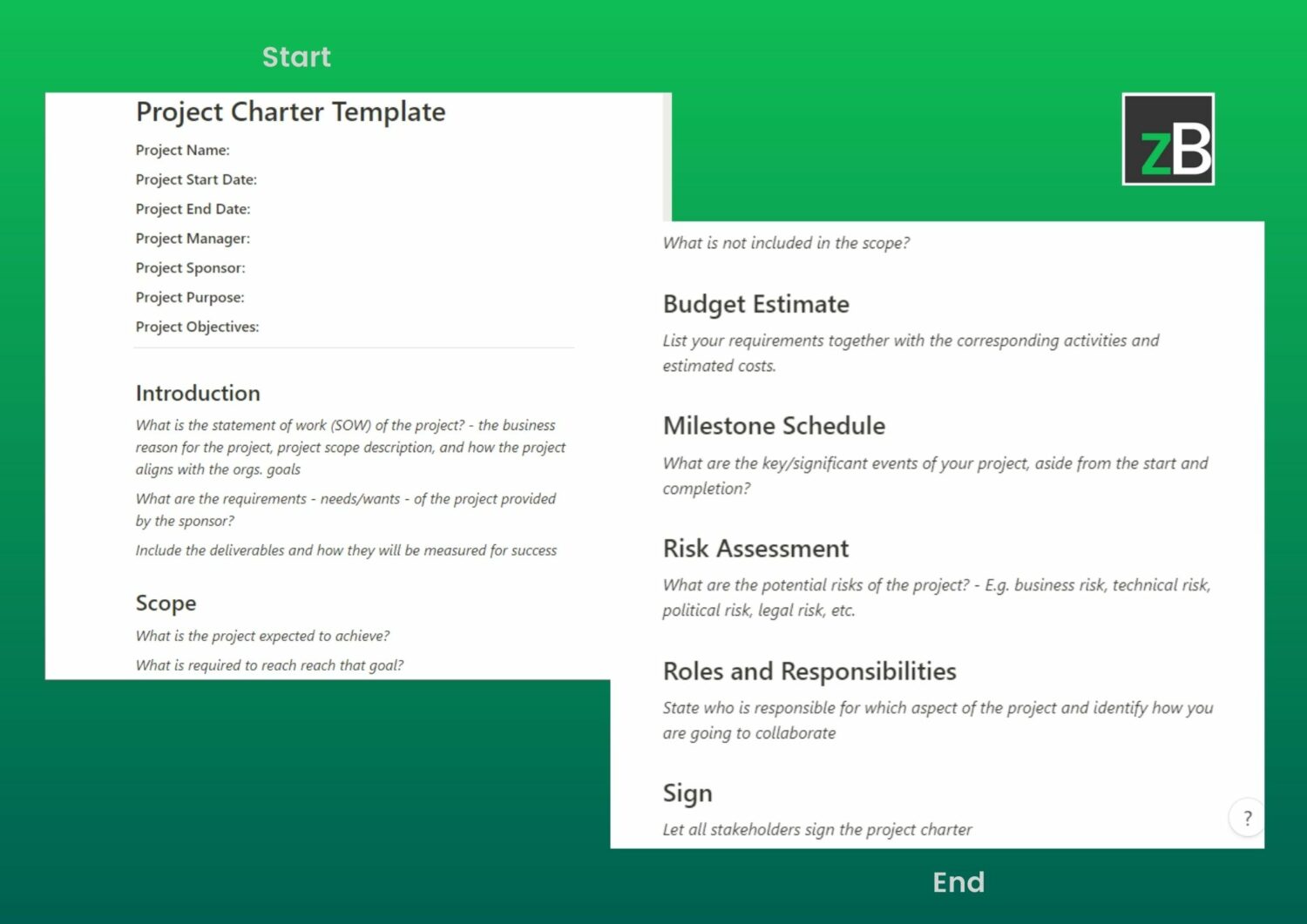
Introduction / Statement of Work / Requirements
Your introduction should include what the project is, the goal of the project, who is involved and what requirements need to be met for the project to be successful.
The statement of work (SOW) is typically provided by the sponsor and is a description of products or services the project needs to deliver. The SOW covers the business reason for the project, the product scope description, and how the project aligns with the organization’s strategic goals.
Requirements are the needs/wants of the project provided by the sponsor. They include the required deliverables and outline how the project will be measured for success. The project manager uses the requirements to determine the scope of the project. The requirements must be very specific to ensure the scope will satisfy the requirements.
Scope
The scope describes the ‘what’ of the project. What is going to be achieved and what is required to reach that goal. It is important to be specific while defining the scope. The scope should outline the money, time, people, supplies, and equipment obligation. The scope section might also include what is not included in the scope, this can be just as important as what is included. It’s also important to note here that this is the preliminary scope, the scope may shift as the project proceeds.
TIP: Remember the Triple Constraint! As the scope increases, time and cost will be impacted.
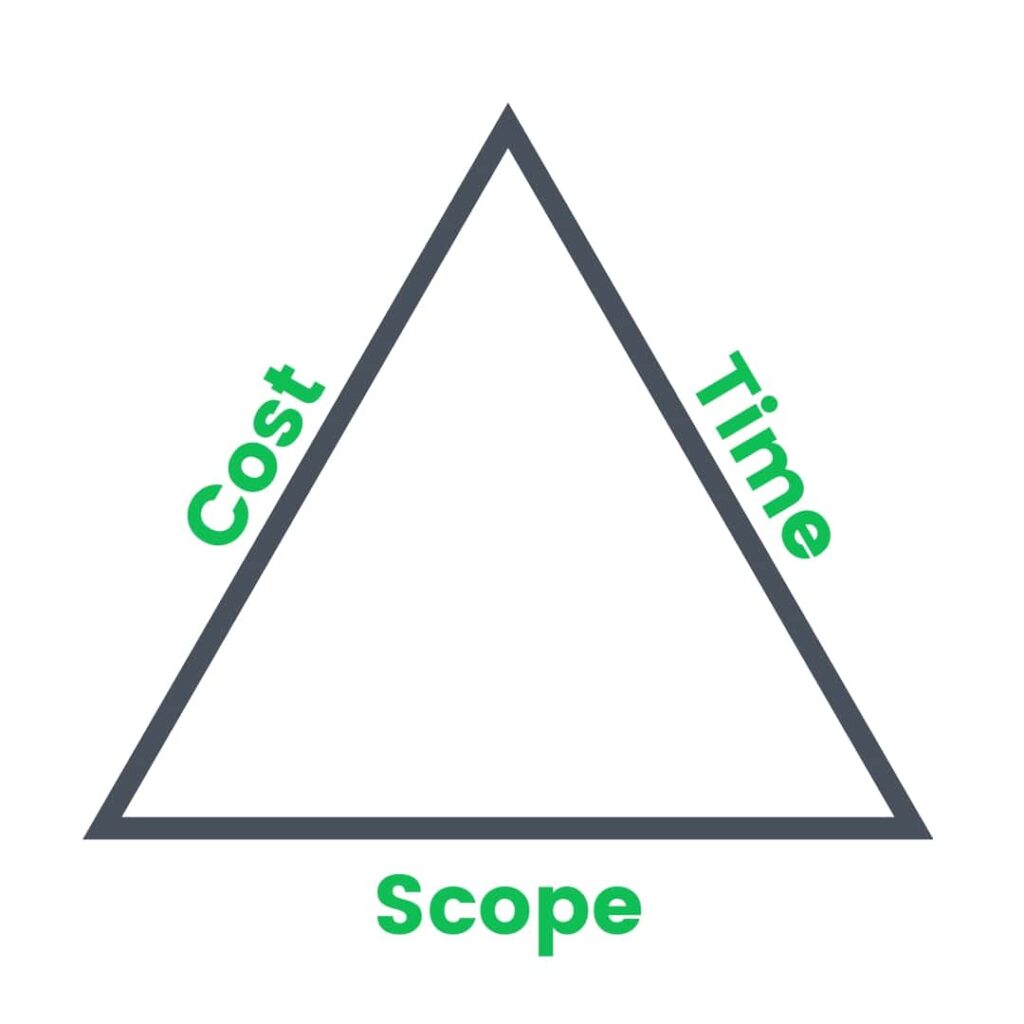
Budget Estimate
To determine a precise budget, we will need to establish a Work Breakdown Structure. However, we’ll leave that for Project Plan. The budget in the Project Charter is an estimate based on the scope described. Although, it is helpful to take a moment to think about the sponsor’s requirements, how they translate to activities, and how much each of these activities will cost.
Try listing out each requirement, activity and cost in a table like the one below.
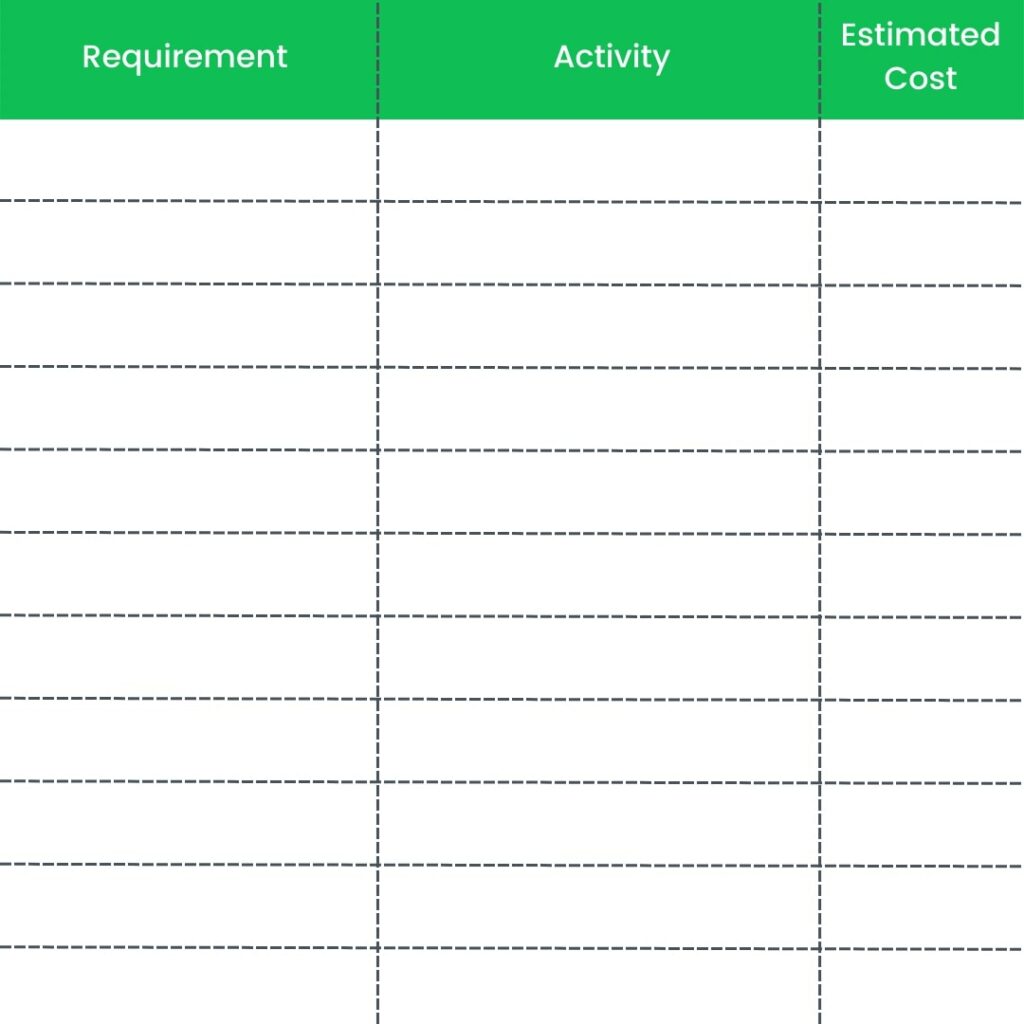
Milestone Schedule
The Project Management Institute defines a milestone as “the planned completion of a significant event in the project”.
“Significant” is key here, not every activity associated with the project is considered a milestone. Every project has a minimum of two milestones – start and completion. In the planning stage we will get into a detailed schedule but for the Project Charter, plan out the project’s key milestones. A project management tool like Asana, Wrike, or zipBoard will be helpful here.
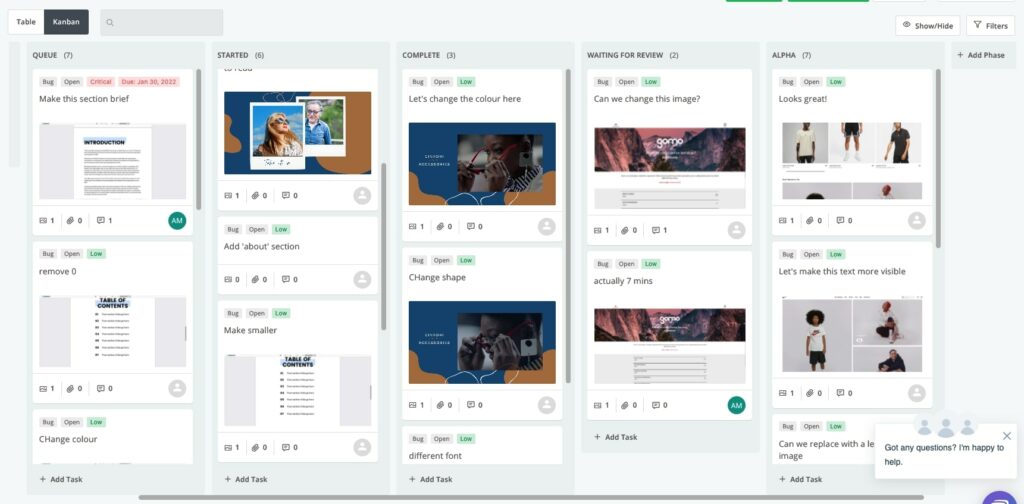
Turn on audio👆
Risk assessment
Every project is subject to risk. As the project manager, you identify these risks and include them in the Project Charter. There are various categories of risk such as business risk, technical risk, political risk, legal risk, project risk (budget, time, scope), environmental risk and reputational risk. You must assess these risks and have a plan to mitigate the risk.
Risks must be included in the project charter so that they are identified early and the sponsor understands the risks associated with their project.
Roles and responsibilities
In this section, make sure to state who is responsible for which aspects of the project. This is an opportunity to outline what responsibility you have as a project manager and to communicate to the project sponsor what you are expecting from them. Think about things like funding, people management and procurement. Also, identify areas for collaboration and how you are going to communicate. Is it best to use email or project management software like Jira?
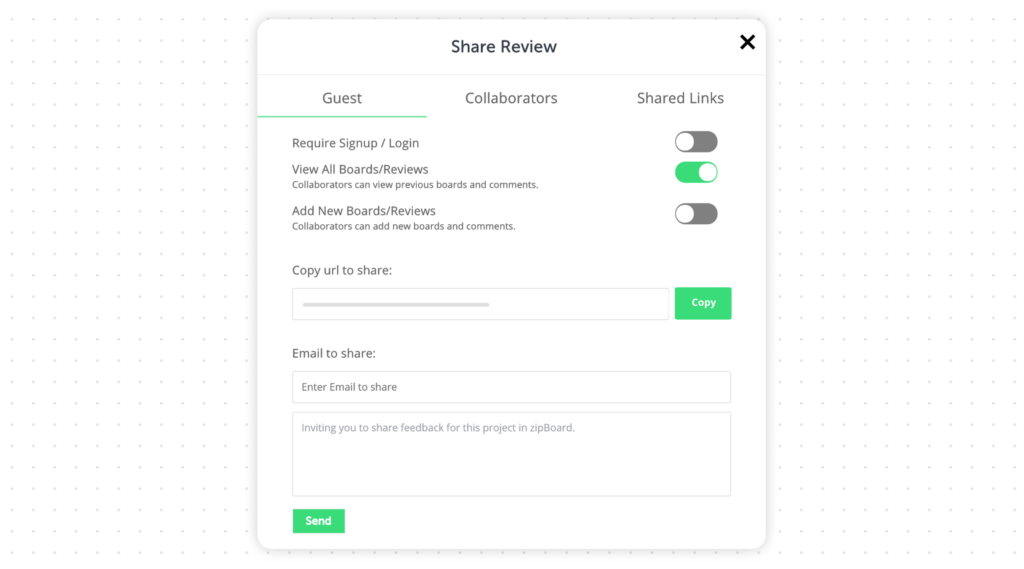
Sign off
The final and most important step! Make sure the project charter is signed by all necessary parties. All parties must read and understand the project charter so that they have appropriate expectations and understand their role in the completion of the project.
In closing
With sign-off completed, you are ready to move onto the planning stage! As you move through the project, don’t forget about the Project Charter, this is a living document. Make sure to go back and adjust as needed.
Collaborate with unlimited stakeholders on unlimited projects in zipBoard
Start your free trial today or book a free strategy call and we'll give you a tailored walkthrough!
Book DemoStart Free TrialRelated Post
Recent Posts
- Best Practices for Efficient Document Reviews and Collaboration December 18, 2025
- MEP Document Management: How to Streamline Reviews & Avoid Rework October 3, 2025
- What Is Online Proofing Software? And Why Content Review Breaks Without It July 11, 2025
- How Laerdal Medical Cut eLearning Review Time by 50% with zipBoard’s Visual Review Tool July 9, 2025
- Why Your Team Needs a Content Feedback System (Not Just Comments in Docs) May 28, 2025
©️ Copyright 2025 zipBoard Tech. All rights reserved.
